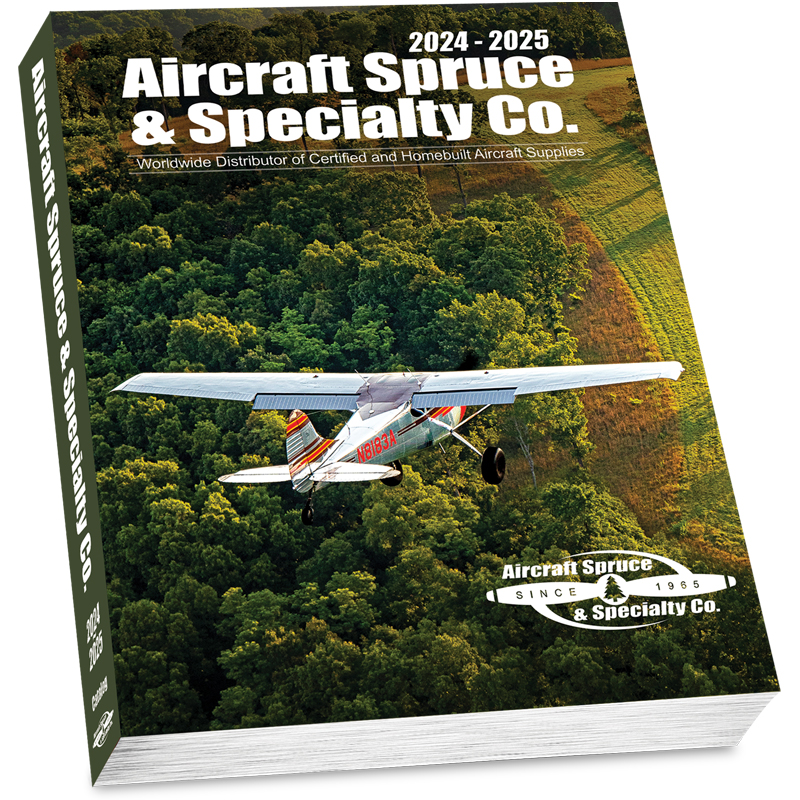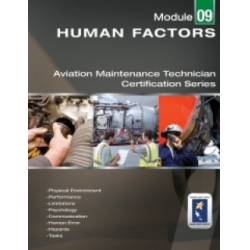Avionics
Batteries
Books & Videos
Charts
Composite Materials
Covering Supplies
Electrical
ELTs
Engine Parts
Flight Training
Flight Planning
Gifts
GPS
Hardware
Headsets
Instruments
Landing Gear
Metals & Plastics
Pilot Supplies
Radios
Tires & Tubes
Tools
Wood Products
Kits & Plans
FBO Supplies
Liqui Moly AERO
Catalogs

 Shipping country set to Germany
Shipping country set to GermanyHUMAN FACTORS FOR AVIATION MAINTENANCE
| Part number: | 13-15922 |
An EASA Part 66/147 approved manual on Human Factors fully compliant as EASA Module 9 up through level 3. Produced in cooperation with HATA, Hellenic Aviation Training Academy.
A very complete manual covering human factors in the aviation maintenance environment including physiological, and psychological aspects, human interaction, communications, risk management, workforce dynamics as well as understanding and managing human related errors.
Emphasis is given to the MEDA model (Maintenance Error Decision Aid) including its philosophy and process, how to develop and implement the program, along with a sample MEDA form and detailed instructions and advice on how to complete it while getting the most of the program.
From the Preface: Human Factors is the study of how an aircraft mechanic interacts with the working environment. In the case of aircraft maintenance, it is the study of how a mechanic's performance is influenced by such issues as the design of aircraft systems, the physical and mental state of the mechanic, the effects of emotions, and the interaction and communication with the other colleagues of the aviation community, such as flight crew members and other personnel.
As an aircraft mechanic, it is important to stay aware of the mental and physical standards required for the type of maintenance work to be done. This module provides information on human factors related to aircraft maintenance activities.
The proper decision making is used by aircraft mechanics to consistently determine the best course of action in response to a given set of circumstances. The importance of learning effective decision making skills cannot be overemphasized. While progress is continually being made in the advancement of technical training methods, aircraft equipment and systems, and services for mechanics, human errors will be made and accidents will still occur. Despite all the changes in technology to improve flight safety, one factor remains the same: the human factor. It is estimated that approximately 80% of all aviation accidents are caused by human errors.
Historically, the term "human error" has been used to describe the causes of these accidents. Maintenance error means that an action or decision made by the mechanic was the cause, or a contributing factor that led to the accident. This definition also includes the mechanic's failure to make a decision or take action. From a broader perspective, the phrase "human factors related" more appropriately describes these accidents since it is usually not a single factor that leads to an accident, but a chain of events triggered by a number of factors.
The poor judgment chain, sometimes referred to as the "error chain,"" is a term used to describe this concept of contributing factors in a human factors - related accident.
Breaking one link in the chain normally is all that is necessary to change the outcome of the sequence of events.
Table of Contents:
- Introduction to Human Factors
- Human Performance and Limitations
- Social Psychology
- Physical Performance
- Physical Environment
- Tasks
- Communication
- Human Error
- Maintenance Error Decision Aid (MEDA)
- Hazards in the Workplace
- Safety and Risk
- Sample MEDA Decision Aid Results Form
- Instructions for Completing a MEDA Form
| Unit | EA |
| Hazardous | No |
| Oversize | No |
| Weight | 0.349 kg |
 | Call us at +49 7634 9057700 from 08:00 to 13:00 CET |








